Permeable Pavement – Failure
We developed permeable pavements to handle stormwater by mimicking the natural environment. However, in many cases the permeable surfaces are only slightly better than conventional asphalt and concrete. Which begs the question are we doing any good?
First, let me start by addressing the is it working question. Answer: Yes, it works. But, in the same way you can tell time with a sundial instead of a watch—it’s not the best way to address your problem.
To prove my point, I pulled marketing videos from 3 of the most common permeable pavement systems (Generation 1 Systems) to show some of their limitations.
Porous Asphalt- the worst offender
In this marketing video they use a low flow hose and the water runs at least 50 feet, with a good chunk of it running OFF of the permeable surface. If the bar to clear is traditional asphalt…it’s better. Honestly this marketing video makes porous asphalt for handling stormwater seems more symbolic then functional.
More reasons to avoid porous asphalt.
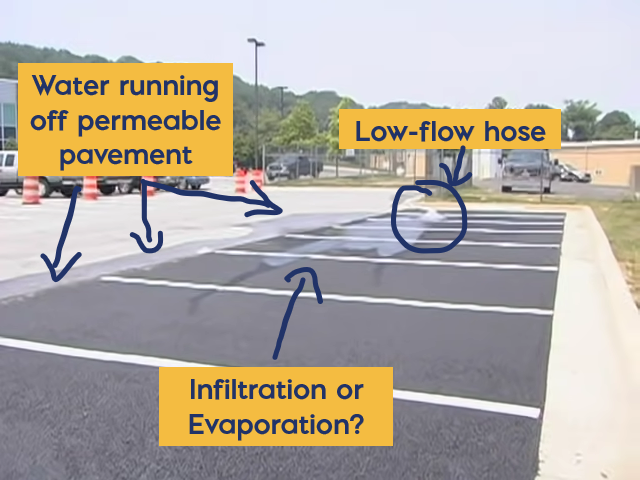
Porous Asphalt Demonstration showing water running 50+ feet (source: www.youtube.com/watch?v=I16WGau3jxE)
Permeable Interlocking Pavers
Interlocking concrete pavers are pavement surfaces that are constructed in such a way as to allow water through their joints. In this video a large volume of water was dumped on the surface. Water appears to go about 60 feet along the surface before infiltrating. Additionally there is clearly sheet flow.
It is better than porous asphalt as they clearly challenged the system by using a large amount of water. It also does not pond on the surface for long any real period of time on the surface. Both big positives. However, this is a brand new system under ideal conditions, and clearly leaves a lot of room for improved performance.
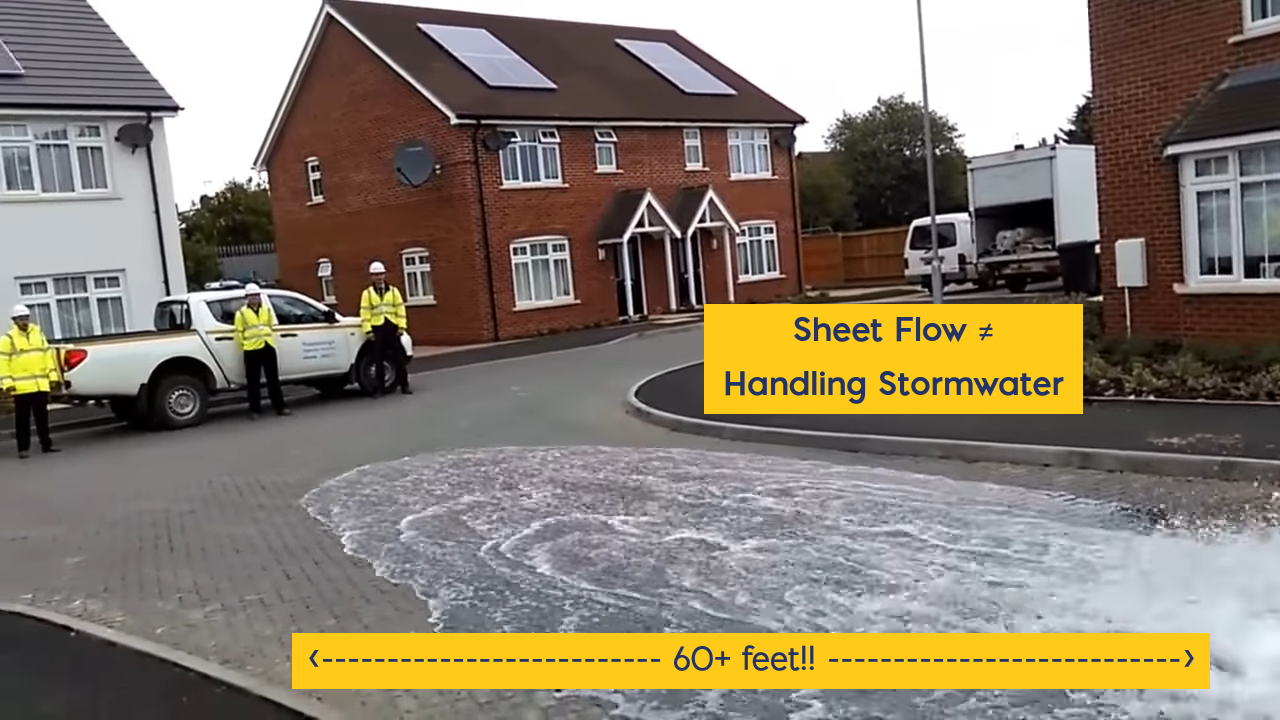
Water Running About 60 feet Across Interlocking Pavers (Source: www.youtube.com/watch?v=5rsODZXPyCY&t=37s&ab_channel=Interpave)
Pervious Concrete
In this high-flow demonstration water splays out about 8 feet from it’s point of origin. As seen from the previous two videos, it could certainly be worse, but it can also be better.
As with these other systems though beware that these videos and stills are best conditions. Real field performance will certainly be lower, and long-term stability challenges these first generation permeable pavement systems.
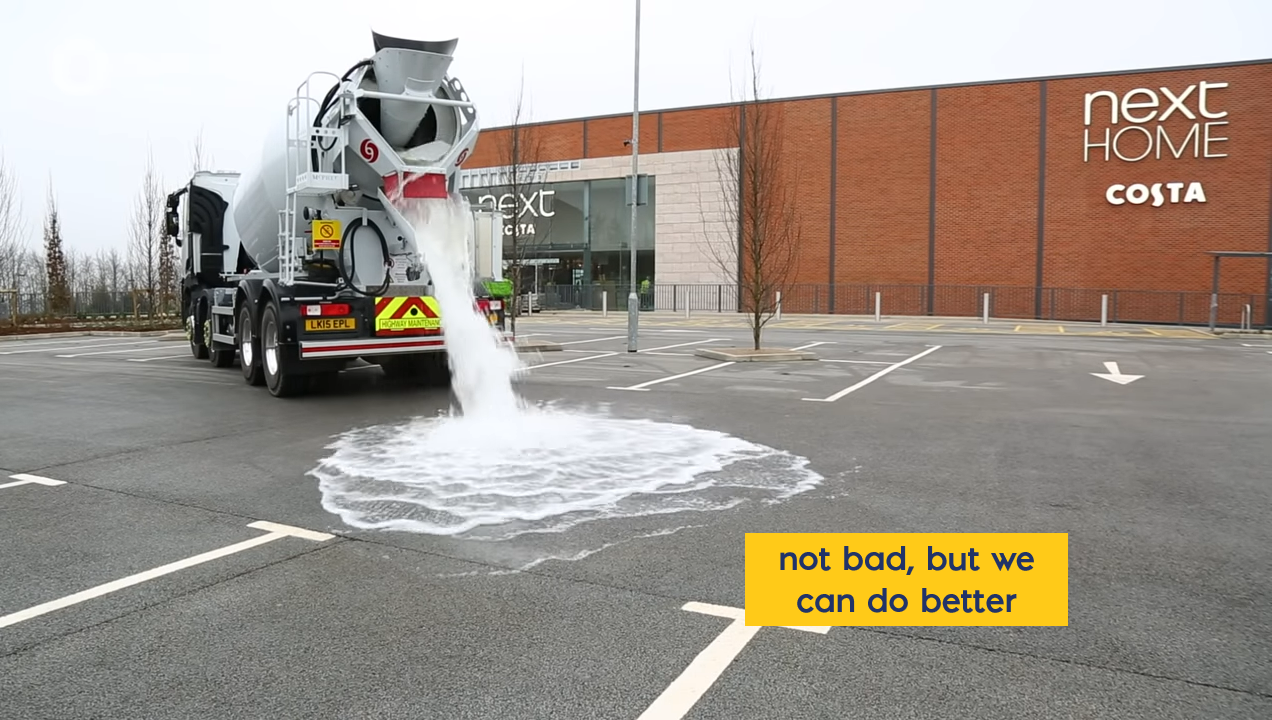
Pervious Concrete Demonstration (Source: www.youtube.com/watch?v=2wm4H65EDbE)
TL;DR (Too Long; Didn’t Read)
Just built permeable pavement systems under ideal conditions, are not always great at handling stormwater. As engineers and citizens we need to demand better of these systems that are supposed to SOLVE our stormwater challenges.
2nd Generation Permeable Pavement Systems are available and offer clear performance benefits over Gen 1 systems
———–
Concerned about working with a less than perfect stormwater management system. Ernest Maier’s experts can help.

VP of Business DevelopmentAaron Fisher
Latest News
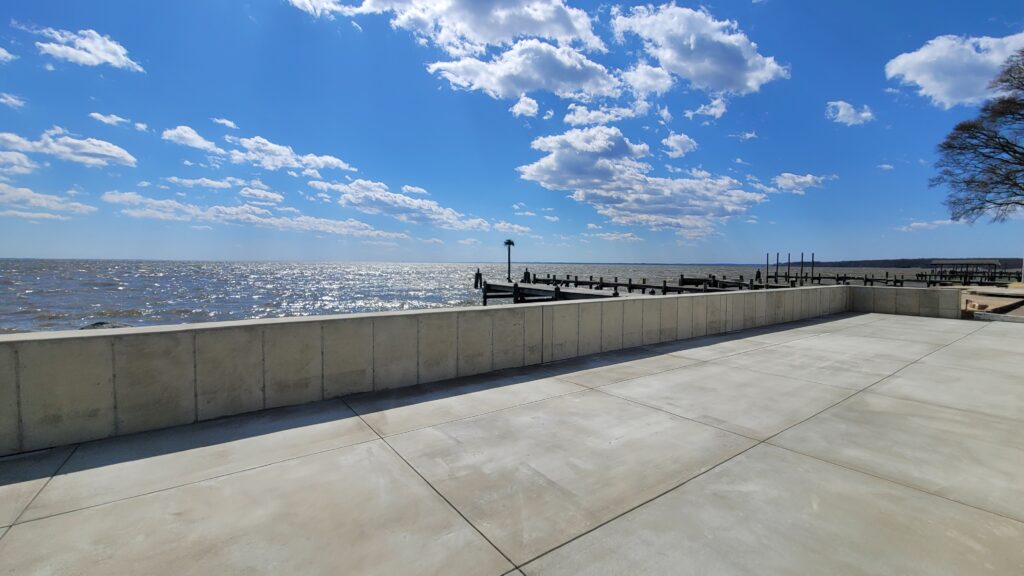
Building a Better Sea Wall
Waterfront property is the best: sea breezes, water access, and views. Unfortunately water and shoreline are always in a bit […]
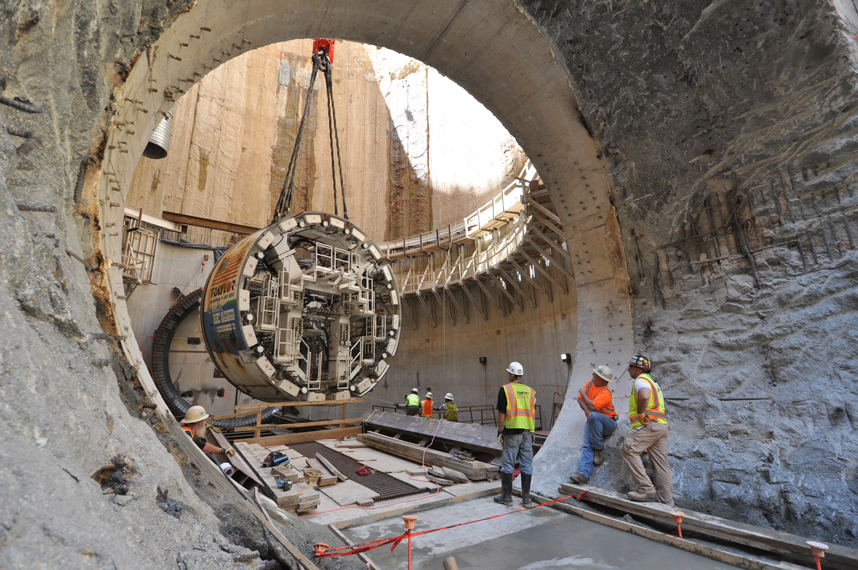
Stop Building Tunnels for Stormwater
Engineers love big projects. They are statements of competence, and also make big money. However, bigger isn’t always better and […]
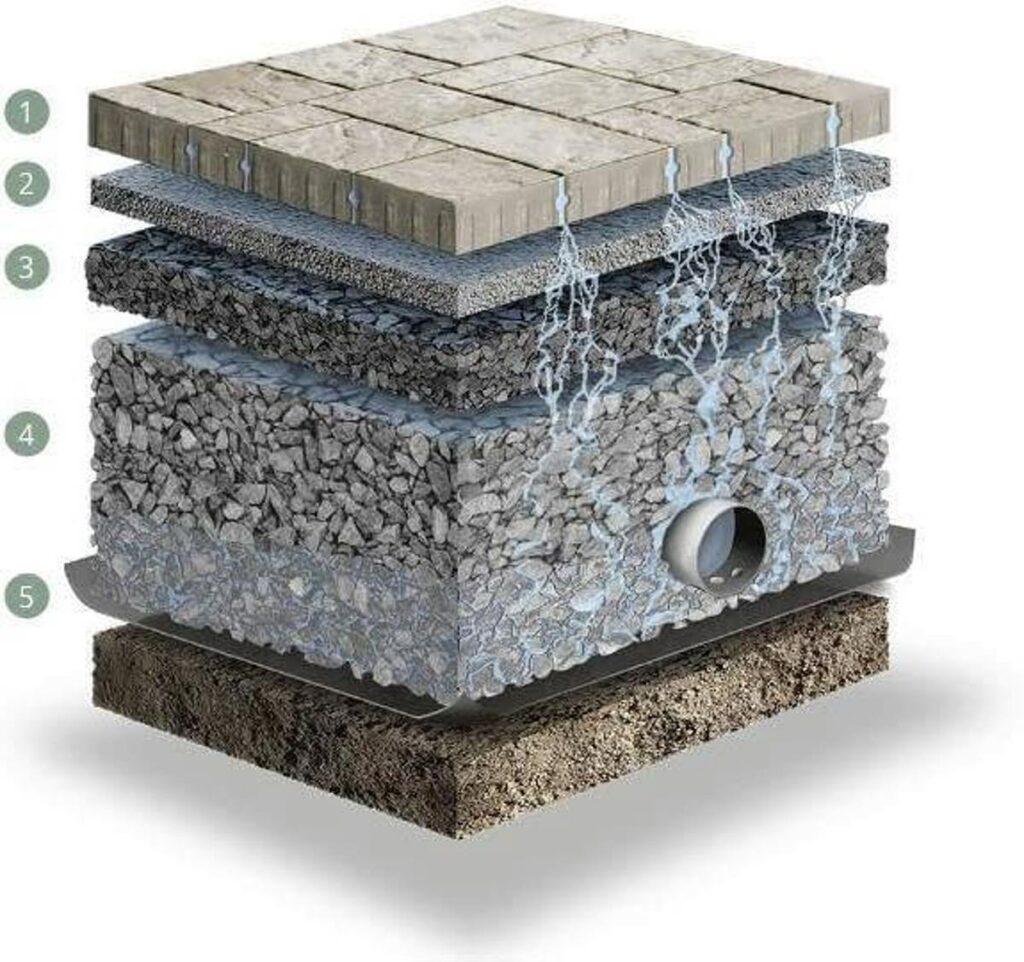
Understanding The Installation Costs Of Permeable Pavement
Permeable pavement has emerged as a leading solution in modern construction, known for its environmental benefits and ability to manage […]
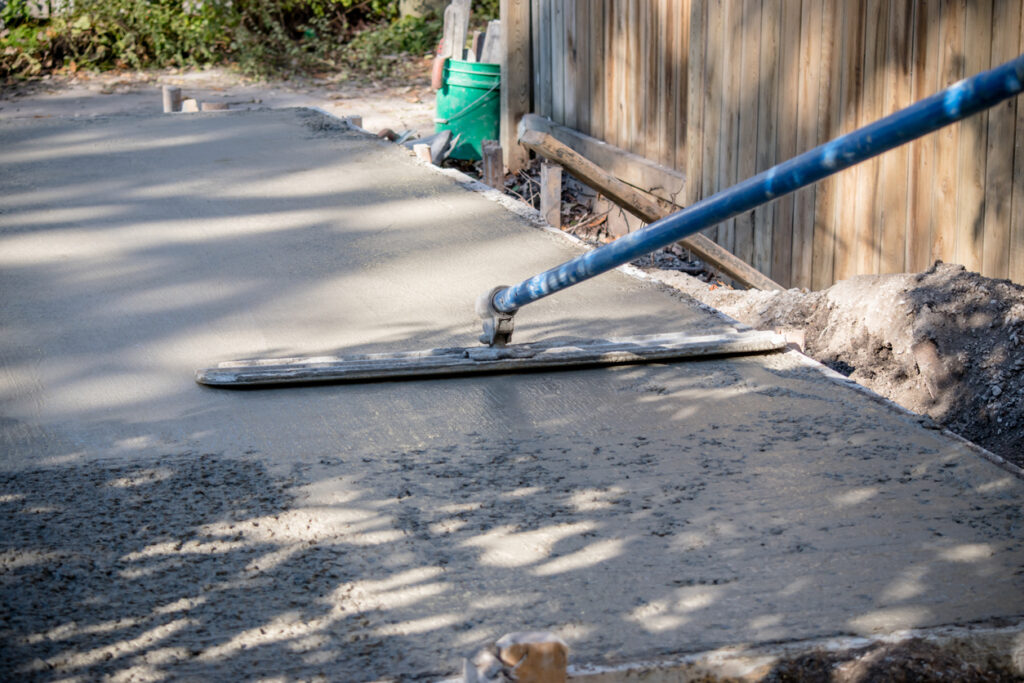
What Accessories Do You Need For Working With Concrete?
Working with concrete is an integral part of construction, whether it involves laying foundations, building structures, or creating pathways. The […]
